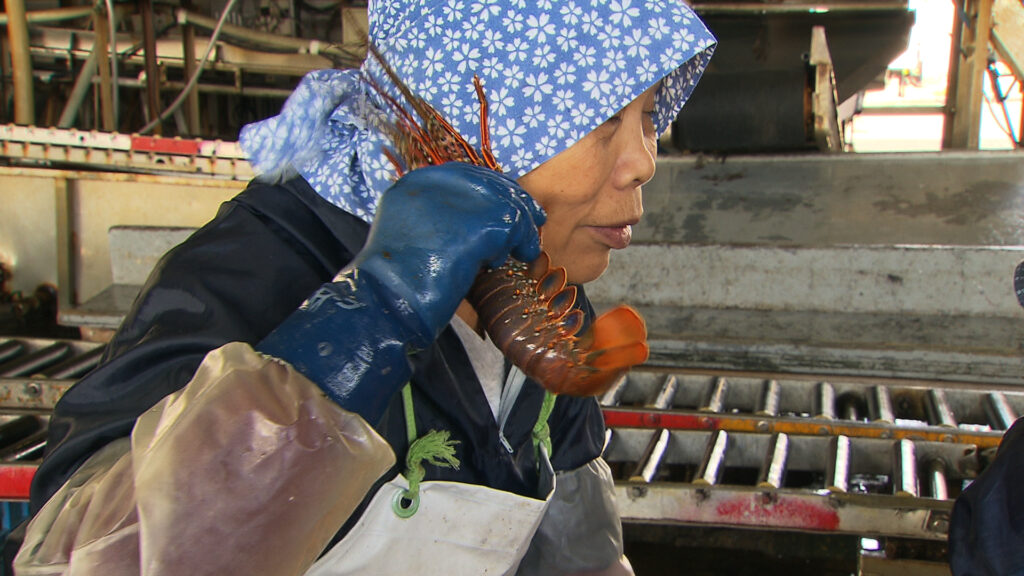Tokyo’s Belly
Filmmaker Reinhild Dettmer-Finke on the reasons for filming „Tokyo’s Belly“ (2013):
TOKYO’S BELLY
A film guide to understanding Japan
I lived in Tokyo for two years. Every day, I looked out the window of my high-rise apartment onto an endless sea of buildings. I was living in the world’s largest city – together with 36 million people.
I was interested in finding out how this city of superlatives functioned and how it provided for its huge population.
In 2011, I returned to Germany – my bags filled with images and stories about people that fill „Tokyo’s belly“. The film footage allows a look into otherwise closed places like water and sewage treatment plants, and the 16,000 kilometer-long sewerage system.
It shows sanitation workers, fishmongers, cooks, and farmers at work and illustrates the Japanese values of ritual, discipline, and belonging to a group.
Since the 11th of March 2011, the perspective has shifted. A film about how Tokyo is serviced and supplied, which is also a study in mentality, must necessarily make reference to a triple disaster.
In July 2012, I went back to visit the same fishmongers, bio-farmers, and sanitation workers in Tokyo and in northeast Japan, and I asked them how things had changed.
They gave impressive accounts of what they’d experienced since the spring of 2012 and talked openly about their fears and concerns, which still haunt them today. They talked about the spread of false information about Fukushima, about withheld reports of water and sewage contamination, and about manipulated media coverage of demonstrations and other acts of civil disobedience.
The result is a film about how this city of superlatives is supplied, at the same time delivering insight into the disaster of Fukushima and its aftermath. A film about the loss of trust in the technical and political elite and about the „anger in the belly“ of many Japanese.
